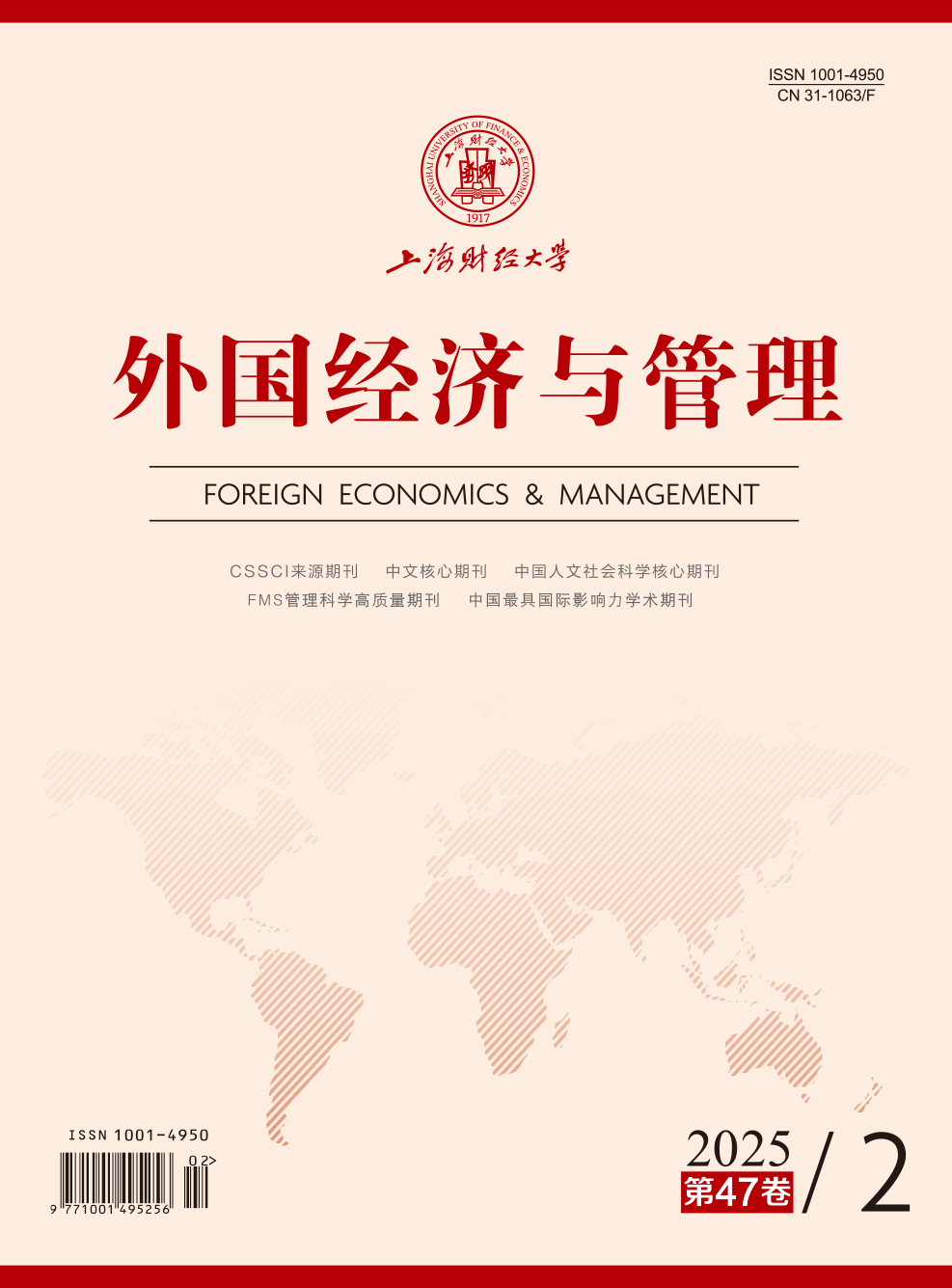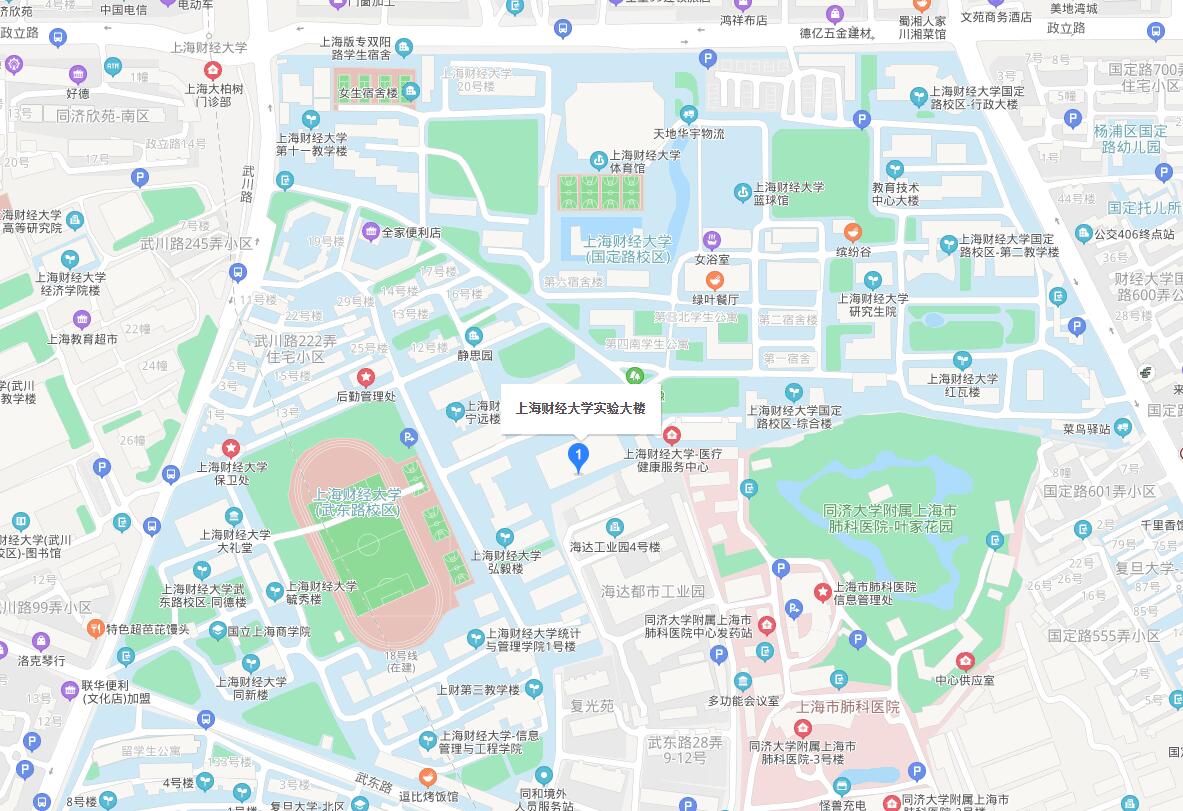Generally, clean technology innovation activities including new energy vehicles lack enough support of supply chain environment that is viewed as a " natural defect”. As a complex market action, clean technology innovation is classically featured by the absence of supply chains, scattered value chains, the deficiency of tech matching and integration capability, etc. Especially for new energy automobile industry, although production scale increasingly expands, the steady cooperation of capital and technology among links of supply chains could not be formed effectively in short time, and the sharing mechanism of innovation risk appears feeble because of the development gap among different industries & enterprises and the mess of industry or technology patter allocation which means it is difficult for enterprises to support each other and acquire coordination effect. At present, the research of the support mechanism for new energy automobile innovation is carried out mainly from the perspectives of outside resource seeking, innovation strategy, development patterns of technology and business and so on, but seldom from a perspective of supply chain system. Even if some studies explore this issue based on supply chains, there is a severe challenge to construct a reasonable and effective problem analysis context. Therefore, this paper takes the " finished-components” model that is the most basic relation constitution in supply chain system of automotive industry as a key factor of building problem analysis context, and sequentially observes the platform supportive effect of different types of " finished-components” relationship mode on technology innovation of new energy vehicles, which is an effective route to a breakthrough of the study impasse and the return to the essence of the problem. So this paper proposes two important problem analysis dimensions in " finished-components” relationship mode in automotive industry: environment induction characteristic of " finished-components” relationship mode and the coordination characteristic of " finished-components” enterprises. According to these two analysis dimensions, present supply chain system of automotive industry could be divided into four types of environment induction system(response to market environment like demand and supply): single environment induction system, independent environment induction system, union environment induction system, and synchronization environment induction system. According to above sorting toward " finished-components” relationship mode, this paper constitutes a two-dimensional analysis context being made up of " finished-components” model in automotive industry and the technology innovation path of new energy vehicles, and carries out a comparative analysis toward 4 sorts of " finished-components” environment induction system including US model(single environment induction system), Europe model(independent environment induction system), Japan model(union environment induction system), and Tesla model(synchronization environment induction system)to evaluate the respective function performance of 4 models concerning 4 platform supportive parameters(value stimulation, transfer costs, action coordination, and relation derivation). From the perspective of platform efficiency analysis, this paper argues definitely that the environment induction characteristic of " finished-components” mode is a key factor of determining the platform supportive level of new energy vehicle technology innovation. The conclusions and inspiration have vital theoretical reference value for exploring the green technology innovation models and establishing effective green technology innovation platform promotion mechanism. In order to construct effective social coordination mechanism of green technology innovation, governments should adopt policy control measures to change the situation of the fragmentation between enterprises and industries, decentralized competition and market separation; enterprises should vigorously constitute the platform network structure effect of green technology innovation combining to the internet thinking; especially for those systematic and subversive green technology innovation activities, enterprises should take the initiative to implement the embedded value strategy so as to build the platform supportive environment for the stakeholders of green technology innovation based on data sharing, value creation and spontaneous persistence.
 / Journals / Foreign Economics & Management
/ Journals / Foreign Economics & ManagementForeign Economics & Management
LiZengquan, Editor-in-Chief
ZhengChunrong, Vice Executive Editor-in-Chief
YinHuifang HeXiaogang LiuJianguo, Vice Editor-in-Chief
Research on Platform Effect of Green Technology Innovation: Taking Technology Innovation and Commercialization of New Energy Vehicles as an Example
Foreign Economics & Management Vol. 39, Issue 11, pp. 31 - 44 (2017) DOI:10.16538/j.cnki.fem.2017.11.003
Summary
References
Summary
[1] Chen F, Sui J G. The research on synergetic innovation and its evolution of emerging industries: a case of the new energy automobile industry [J]. Science Research Management, 2015, (1): 26-33.
[2] Hua Z S. Platform service and its management problems in the network environment [J]. Journal of Management Sciences in China, 2013, (12): 1-12.
[3] Ji H L. Hotelling’ s competition in pricing and location selection of two-sided market platforms when users partially multihoming [J]. Systems Engineering, 2010, (3): 40-45.
[4] Jiang J H, Zhang S L. On the internal attributes and mechanism in value creation of platform-based business model innovation [J]. Forum on Science and Technology in China, 2015, (7): 154-160.
[5] LI H J, Tian Y X, Li W J.Mobile internet thinking and traditional business reengineering [J]. China Industrial Economics, 2014, (10): 135-146.
[6] Li Y Q, Zhu X Y.An empirical study on innovation symbiosis strategy of Toyota business ecosystem [J].Management Review, 2007, (6): 15-20,63.
[7] SU X H, Qin C. Vertical relations management model of industry chain based on symbiosis theory — comparison and reference of american, european and japanese automobile industry [J]. Economist, 2012, (3): 95-102.
[8] Wan X, Gao J M. Platform strategy in vertically differentiated two-sided markets[J]. Systems Engineering—Theory & Practice, 2013, (4): 934-941.
[9] Wang Q. Business model innovation based on the reconfiguration of value network [J]. China Industrial Economics, 2011, (1): 79-88.
[10] Wang X. Moderating effect of business model on relationship between technological innovation and profitability [J]. Chinese Journal of Management. 2014, (4): 555-561.
[11] BMWi. Electric-mobility [EB/OL]. (2010-07-20) [2011-10-02]. http://www.bmwi.de /English /Navigation /Economic-policy/Industrial-policy/electric-mobility.html. 98-112.
[12] Gereffi G. International trade and industrial upgrading in the apparel commodity chain[J]. Journal of International Economics, 1999, 48(1): 37-70.
[13] Jullien B. Price skewness and competition in multi-sided markets[R]. IDEI Working Paper, NO.504, 2008.
[14] Kort P M, Van Loon P J J. Luptácik M. Optimal dynamic environmental policies of a profit maximizing firm[J]. Journal of Economics, 1991, 54(3):195-225.
[15] Koskue M. Electromobility in Germany[EB/OL]. http://www.finpro.fi/documents/10304/ba84ab40-65d1-4a38-b171-c55777d13ea7 (2010-07-15) [2011-10-02].
[16] Morgan T. The hydrogen economy: A non-technical review[R]. Paris, France: United Nations Environment Program (UNEP), 2006.
[17] Onat N C, KucukvarM, TatariO, et al. Combined application of multi-criteria optimization and life-cycle sustainability assessment for optimal distribution of alternative passenger cars in U.S.[J] Journal of Cleaner Production, 2016, 112: 291-307.
[18] Schmidheiny S. Changing course: A global business perspective on development and the environment[M]. Cambridge: MIT Press, 1992: 221-245.
[19] Zimmerman M. Toyota suspends plan to build Prius hybrids in U.S.factories[N]. Los Angeles Times, 2008-12-16.
Cite this article
Li Kun. Research on Platform Effect of Green Technology Innovation: Taking Technology Innovation and Commercialization of New Energy Vehicles as an Example[J]. Foreign Economics & Management, 2017, 39(11): 31–44.
Export Citations as:
For




 8305
8305  5911
5911

